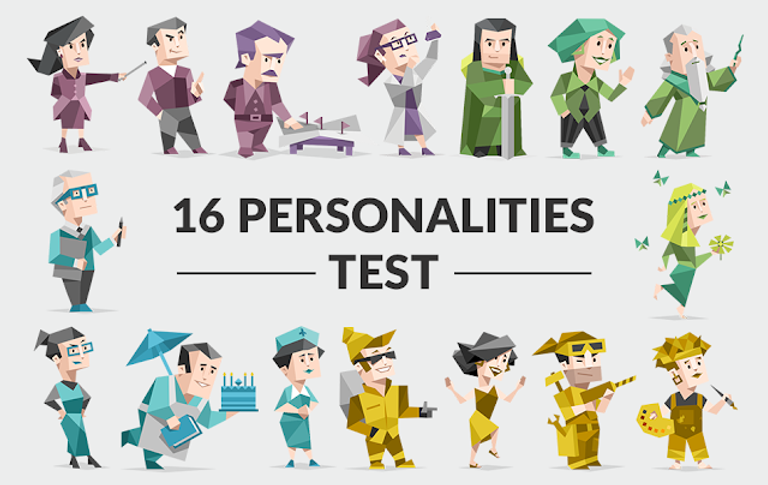Have you ever been bored and stumbled upon the 16 personalities test? You know the one where it gives you the four letters that tell you a little bit about your personality type? Well, there’s actually quite a bit of history behind that test. Dating all the way back to 1919, Katherine Briggs meets Clarence Meyers, her daughter Isabella Briggs Meyers’ soon-to-be husband. Clarence Meyers has an interesting way of viewing the world. Katherine Briggs soon began to realize this and took an interest in his point of view. In the psychological world, temperament is a person’s behavioral style and how they interact with the world around them (canr.msu.edu).
Katherine began her literature review on the different types of temperaments. In 1921, Carl Jung, a Swiss psychologist, published Psychological Types: The Psychology of Individualization. Katherine read his book and noticed some similarities in their ideas and wanted to expand on his ideas. Katherine and her daughter spent the next 20 years testing theories and developing questions before publishing the MBTI in 1962 (eu.themyersbriggs.com). The Myers Briggs Type Indicator goes into 4 dimensions: introvert/extrovert, thinking/feeling, intuitive/sensing, and judging/perception (sciencedirect.com). Through the indicator, a person will be given a 4 letter code that elaborates on their personality and can help them learn more about themselves.
As time progressed, the MBTI was expanded beyond it’s original indicator and was made available to a much wider audience. So, is the MBTI scientifically accurate? Technically, no. The MBTI is not scientifically accurate for multiple reasons. First of all, neither Myers nor Briggs were not trained scientists. Additionally, copious amounts of their works were based upon the findings of Carl Jung, who, although a psychologist, based his findings observations and personal experiences with the people around him (healthcentral.com). However, the MBTI is a fun way to learn a little bit more about yourself and is used in many career settings. As a way of trying to unite the workplace, the MBTI can encourage team building and allows coworkers to learn a little bit more about those around them (indeed.com). This booming use of the test in work/school spaces contributed to it’s spread overall.
Overall, the Myers Briggs 16 personality test has a lot more history behind it than you’d think and, although not fully backed with science, can be an interesting way to question your sense of self and learn more about those around you. If you haven’t taken the MBTI test and want to try it out, click 16personalities.com for more.

